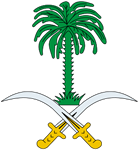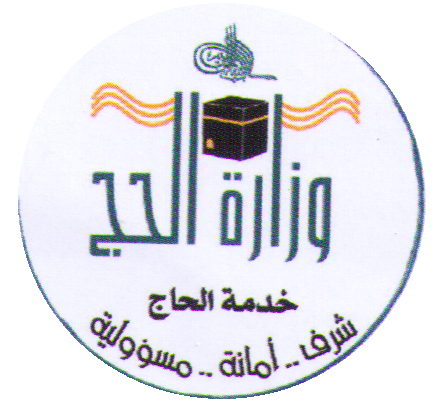


Tracking Hajj Shuttle Buses using RFID Technology
During Al-Nafrah phase of Hajj, almost all pilgrims move together after sunset from Arafat to Muzdalifah in a five-kilometer trip. Most pilgrims, except for the elderly and the sick, spend the night in the open area of Muzdalifah. After dawn, pilgrims move together again to the Mina area which lies about three kilometers west of Muzdalifah. The holy sites of Mina, Muzadalifah and Arafat in Makkah have fixed boundaries and are connected by a limited number of roads. This situation creates a challenging transportation problem to organisers every year.
The shuttle-bus transportation system has been a successful solution to the traffic congestion problem in the holy sites during Al-Nafrah. It has helped in greatly shortening the trip time between the holy sites. It has also helped organisers achieve high traffic flow rates, reduce the amount of air pollution in the holy sites by reducing the number of operating buses and achieving better and more precise scheduling of shuttle-bus caravans.
The shuttle-bus system required that major changes be made to the existing transportation infrastructure and arrangements in the holy sites. A number of two-lane roads have been dedicated for shuttle buses to transport pilgrims between the holy sites of Arafat and Muzdalifah beginning at sunset, and from Muzdalifah to Mina beginning at midnight. Pilgrims are grouped in Arafat and Muzdalifah in adjacent camp areas with two loading/unloading gates each. At each camp area, a busload, consisting of a maximum of 50 pilgrims, is either loaded on/unloaded from each bus using any of the two available gates at each stage of the trip.
A camp area is assigned to each of the Field Service Groups (FSGs). These are hosting agents responsible for the accommodation, transportation and any other arrangements for pilgrims. There are over fifty FSGs within the Tiwafa Establishment of the Pilgrims of Turkey, and Muslims of Europe, America and Australia and over a hundred FSGs within the Tiwafa Establishment of the Pilgrims of South East Asia. These are the only two Establishments (among six Tiwafa Establishments) that are served by the shuttle-bus system today. Each FSG in Tiwafa Establishment is assigned a unique identification number. All FSGs have similar temporary camp areas in Arafat and Muzdalifah, in addition to the main living camps in Mina. Each bus is assigned a specific FSG number using number signs, and thereby becomes dedicated to that FSG. Buses are initially stored in a special parking area located on the road to Muzdalifah, about two kilometers west of Arafat. Only buses at the head of each waiting lane can be dispatched to their assigned FSGs. These buses are not usually dispatched once again unless there is need for extra buses for some other FSGs.
The shuttle-bus path during Al-Nafrah consists of two loops: loop1 and loop2. Loop1 connects Arafat and Muzdalifah for a seven-kilometer distance. Bus activity in loop1 starts at sunset (around 6PM) and ends around 1AM. Loop2 connects Muzdalifah to Mina for a two-kilometer distance. Bus activity in loop2 starts around 11PM and ends somewhere from 2AM to 7AM. Loop2 starts by dispatching buses from the bus-parking area to the Muzdalifah loading gates at midnight while loop1 usually ends a little before 1AM after all pilgrims have been transported from Arafat to Muzdalifah.
RFID-Based Tracking of Shuttle Buses in the Holy Sites
Passive Radio Frequency Identifier RFID) tags have been fixed on the windshield of each shuttle-bus that operates in Al-Nafrah phase of Hajj. This amounts to about 4000 tags. These tags are used mainly to automatically keep track of the identity of buses leaving and entering the parking area. About 45 RFID readers have been installed all over the shuttle-bus system paths in the holy sites of Arafat, Muzdalifah and Mina.
This is very useful to organisers since shuttle buses participating in Al-Nafrah come from 13 different transportation companies. Moreover, shuttle-bus drivers are seasonal drivers who are paid based on the number of shuttle rounds made. Therefore, tedious and lengthy paper-based bookkeeping can be avoided if buses’ tags can be remotely and collectively read at the parking-area gates and fed into a database application that keeps track of the live entry-exit information.
Moreover, by installing an RFID reader on each side of the road at the entrance of the Arafat, Muzadalifah and Mina areas, it is possible to record when each shuttle-bus entered any of the three areas. A sophisticated computer application has been developed based on the requirements of the shuttle-bus system operators and managers to analyze RFID reader raw data and extract and generate a multitude of collective statistical reports on the shuttle-bus traffic performance indicators that may be useful to both operational and strategic Hajj managers and officials.